Description
Engage your students in the European Union and Brexit with an Escape Room! This resource is designed to help your students learn about and review key content from your unit on Europe. Students will read about the European Union and Brexit in a Mission Briefing. They will then solve four puzzles to find the secret location to escape the EU. It is a simple escape room activity – no lock boxes required.
With this purchase, you will receive:
⭐Detailed instructions for creating your scenario based escape room,
⭐Mission Briefings on the European Union and Brexit including 5 pages of content reading and 8 photographs for students to examine. The mission briefings include content comprehension questions to guide your students’ discussion.
⭐Four different missions to review key aspects of the European Union and Brexit.
⭐Clue Coupons if a group gets stuck, and
⭐Reward certificates for the end.
❓How much time will this take?
✥The resource is designed for a class period.
2019 TEKS for 6th Grade World Cultures
(1) History. The student understands that historical events influence contemporary events. The student is expected to:
(A) trace characteristics of various contemporary societies in regions that resulted from historical events or factors such as colonization, immigration, and trade; and
(B) analyze the historical background of various contemporary societies to evaluate relationships between past conflicts and current conditions.
(2) History. The student understands the influences of individuals and groups from various cultures on various historical and contemporary societies. The student is expected to:
(A) identify and describe the historical influence of individuals or groups on various contemporary societies; and
(10) Government. The student understands various ways in which people organize governments. The student is expected to:
(A) identify and give examples of governments with rule by one, few, or many;
(11) Citizenship. The student understands that the nature of citizenship varies among societies. The student is expected to:
(A) describe and compare roles and responsibilities of citizens in various contemporary societies, including the United States; and
(13) Culture. The student understands the similarities and differences within and among cultures in various world societies.
(C) analyze the experiences and contributions of diverse groups to multicultural societies; and
(D) identify and explain examples of conflict and cooperation between and among cultures
(15) Culture. The student understands relationships that exist among world cultures. The student is expected to:
(A) identify and describe means of cultural diffusion such as trade, travel, and war;
(B) identify and describe factors that influence cultural change such as improvements in communication, transportation, and economic development;
(16) Culture. The student understands the relationship that exists between the arts and the societies in which they are produced. The student is expected to:
(B) describe ways in which contemporary issues influence creative expressions; and
(19) Social studies skills. The student applies critical-thinking skills to organize and use information acquired through established research methodologies from a variety of valid sources, including technology. The student is expected to:
(A) differentiate between, locate, and use valid primary and secondary sources such as oral, print, and visual material and artifacts to acquire information about various world cultures;
(B) analyze information by sequencing, categorizing, identifying cause-and-effect relationships, comparing, contrasting, finding the main idea, summarizing, making generalizations and predictions, and drawing inferences and conclusions;
(C) organize and interpret information from outlines, reports, databases, and visuals, including graphs, charts, timelines, and maps; and
© 2021 Social Studies Success, LLC. This purchase is for you and your classroom. Duplication for an entire school, an entire school system, or for commercial purposes is strictly forbidden. Please have other teachers purchase their own copy. If you are a school or district interested in purchasing several licenses, please contact me for a district-wide quote. Do not share this document with Amazon Inspire.
Please review all product descriptions and previews. If you have a question, contact me before you purchase at SocialStudiesSuccess1@gmail.com. As this is a digital product, all sales are final.
Only logged in customers who have purchased this product may leave a review.



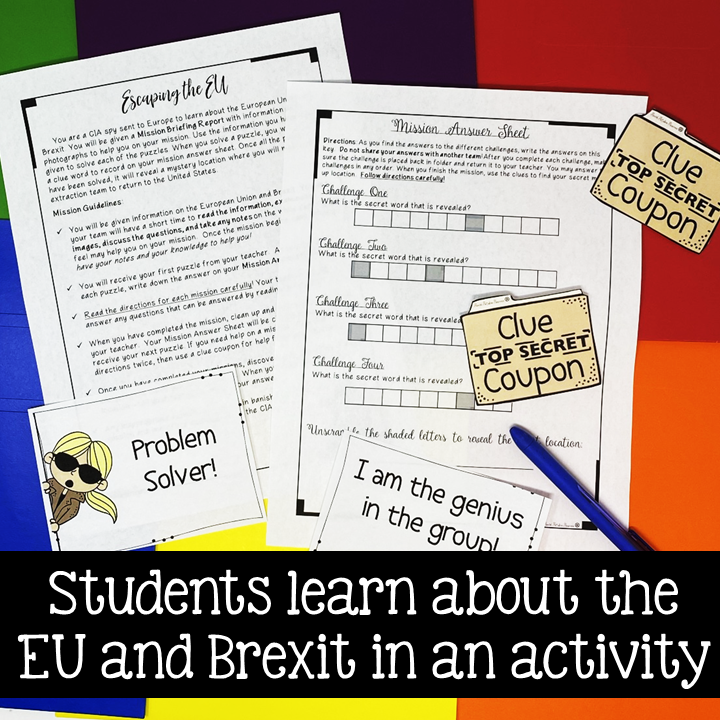


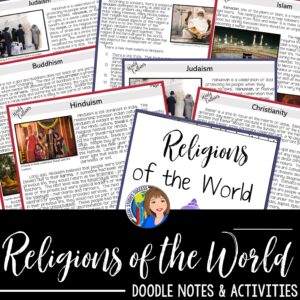
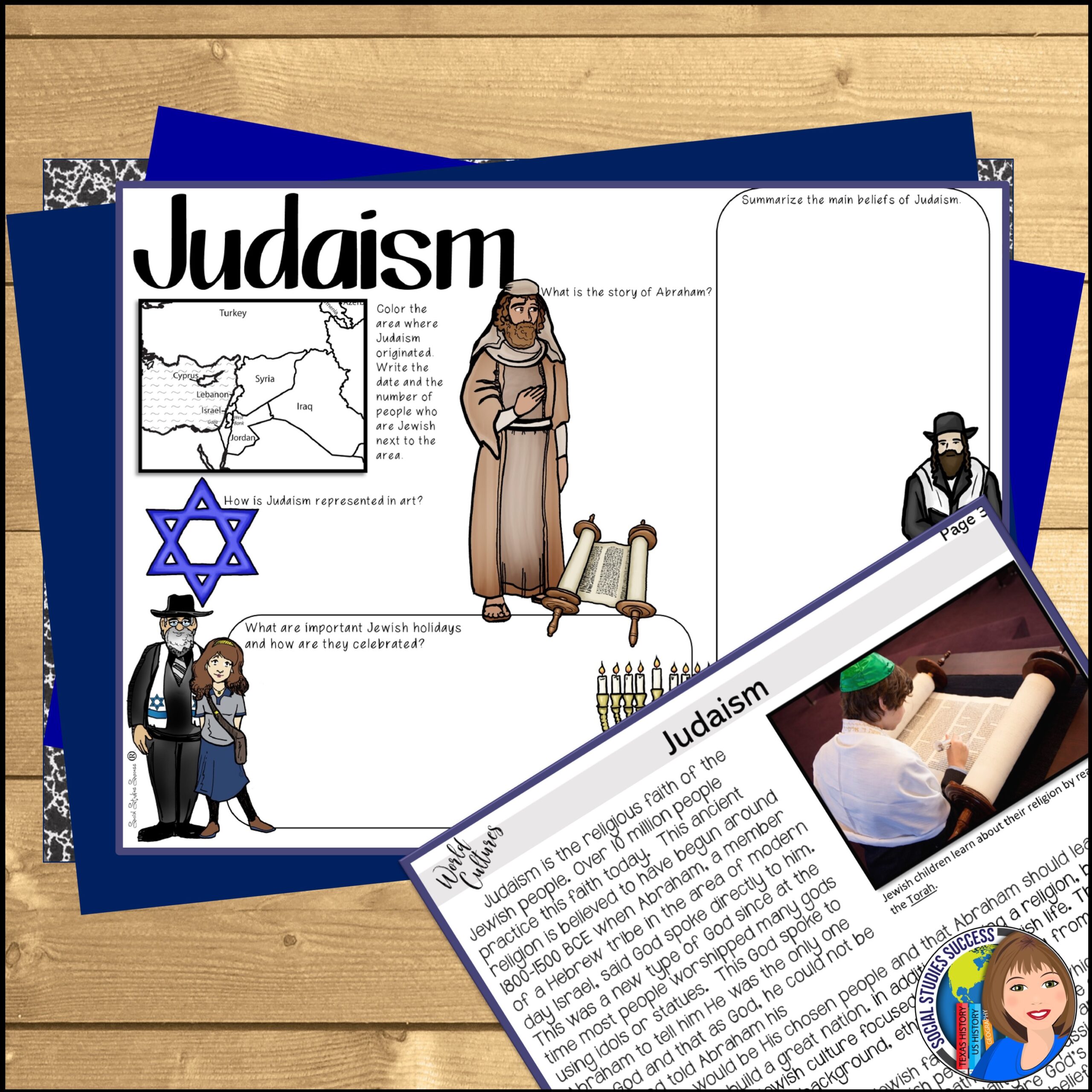
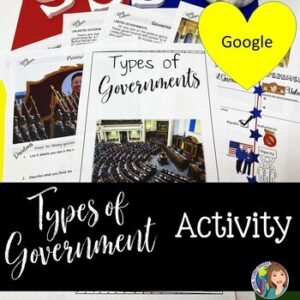
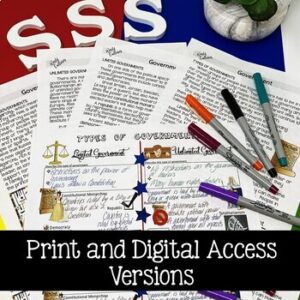

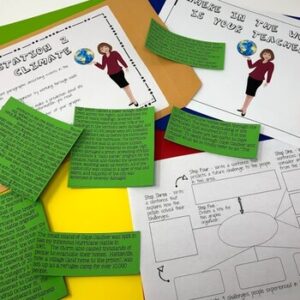



Reviews
There are no reviews yet.